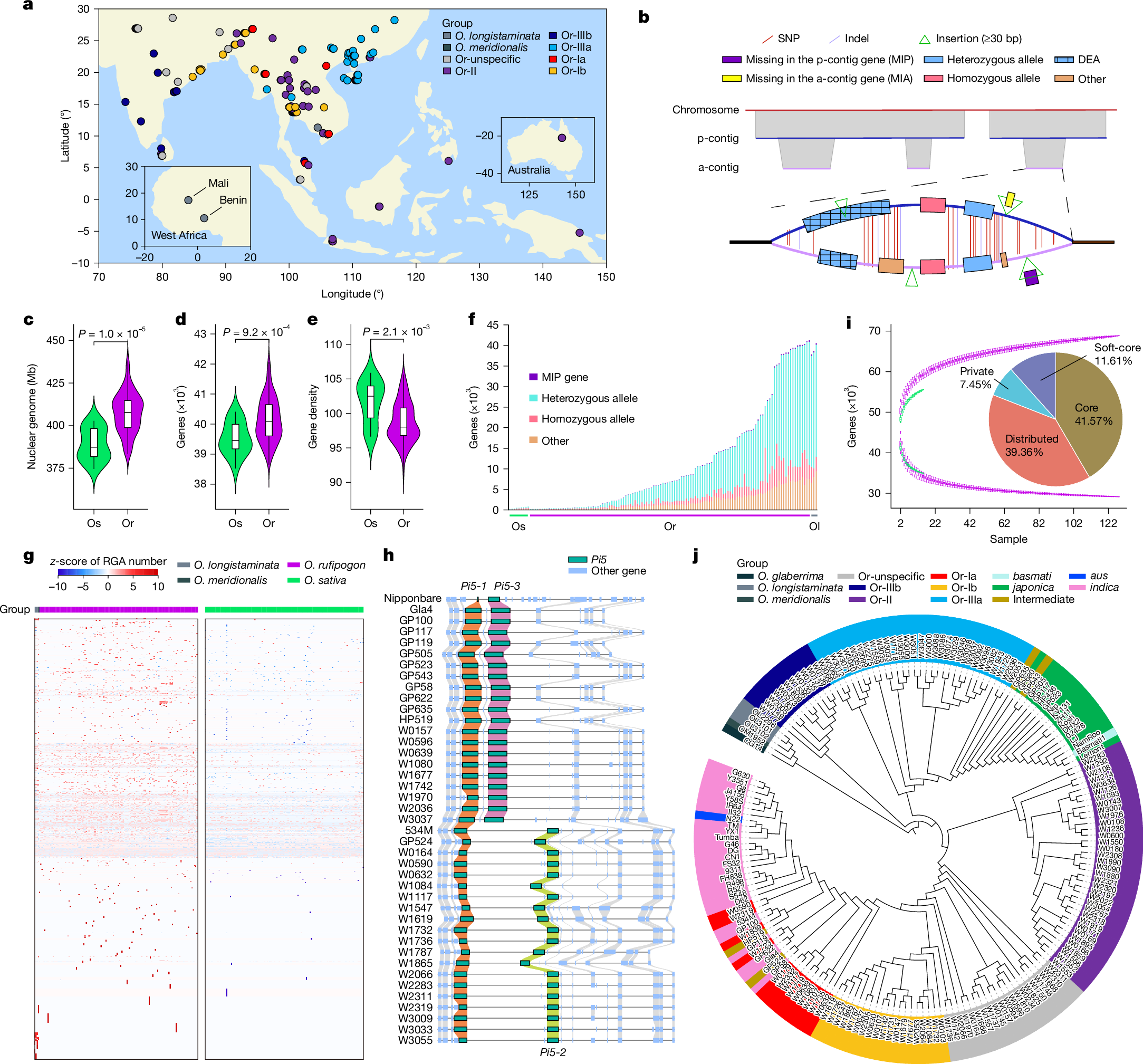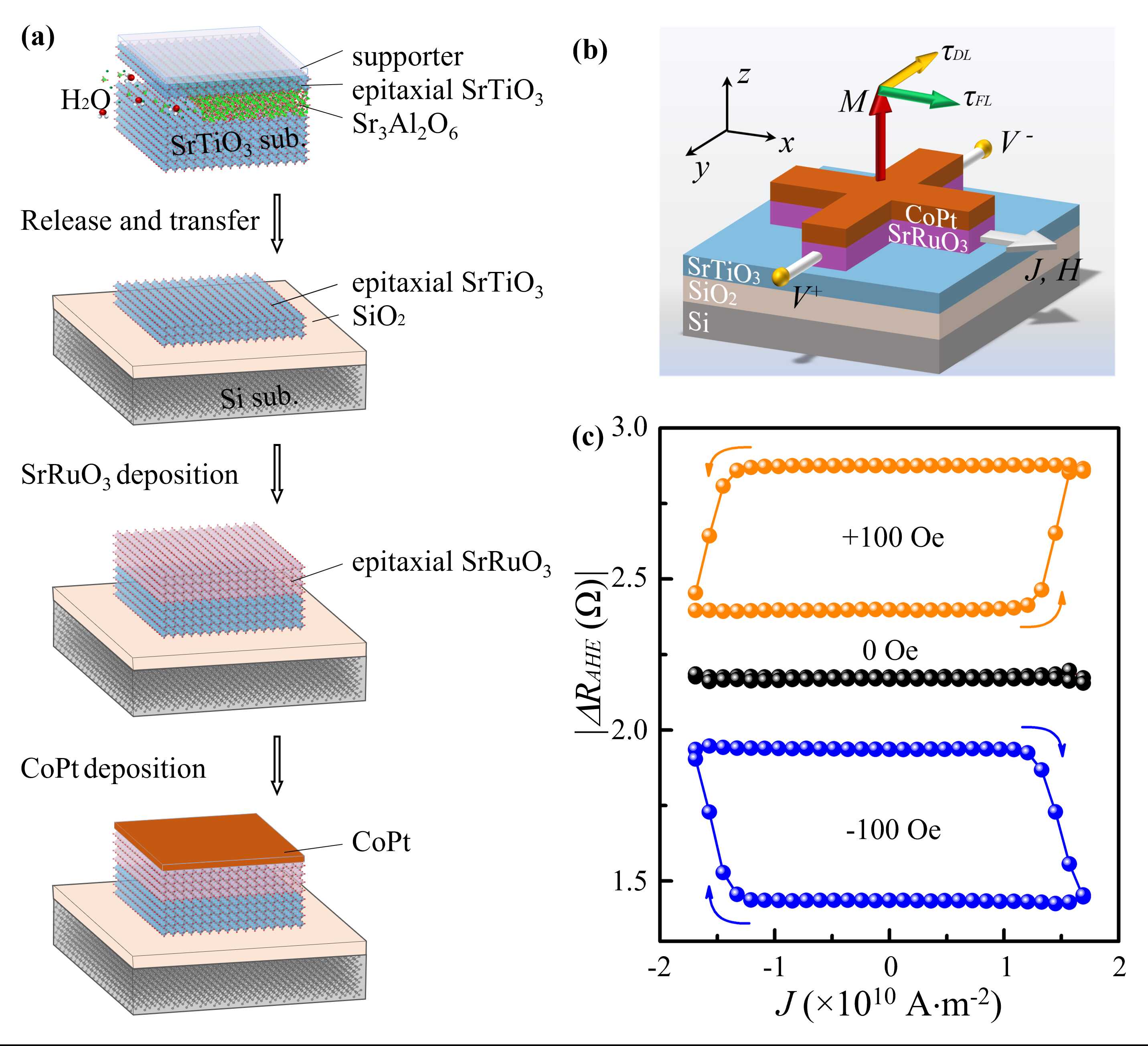2025-04-16 中国科学院(CAS)
<関連情報>
- https://english.cas.cn/newsroom/research_news/phys/202504/t20250416_1041326.shtml
- https://iopscience.iop.org/article/10.3847/2041-8213/adbf96
高解像度コロナイメージングで観測された太陽マイクロフレアの動くプラズマ構造と駆動メカニズムの可能性 Moving Plasma Structures and Possible Driving Mechanisms of Solar Microflares Observed with High-resolution Coronal Imaging
Qingmei Wang, Yi Bi, Hongfei Liang, JiaYan Yang, and Liufan Gong
The Astrophysical Journal Letters Published: 2025 March 28
DOI:10.3847/2041-8213/adbf96

Abstract
Solar microflares are ubiquitous in the solar corona, yet their driving mechanisms remain a subject of ongoing debate. Using high-resolution coronal observations from the Solar Orbiter’s Extreme Ultraviolet Imager (EUI), we identified about a dozen distinct moving plasma structures (hereafter, ” tiny ejections”) originating from the centers of three homologous microflares out of four successive events. These tiny ejections propagate roughly perpendicular to the flaring loops. They often originate as dot-like structures with a length scale of approximately 103 km. While these initial dot-like shapes are observable in EUI images, they remain undetectable in the images captured by the Atmospheric Imaging Assembly onboard the Solar Dynamics Observatory. As they propagate, these dot-like structures consistently evolve into loop-like formations, possibly due to the heating of the surrounding magnetic field. Rather than being generated by a series of flux rope eruptions, the tiny ejections appear to result from small-angle magnetic reconnections within a bipolar field. Thus, the microflares associated with these ejections may be driven by magnetic reconnection within braided fields, a process similar to the proposed nanoflare mechanism and distinct from the standard large-scale flare model.



